“Proje Su” (“Water Project: Leto Joins The Springs”), led by American artist Margaret Ross Tolbert, invites exploration of the water sources of Lycia and the region’s ancient water culture. This project, enriched by contributions from experts in various disciplines, explores Türkiye’s water culture in-depth while also raising awareness of environmental threats. It brings attention to the destruction of nature caused by factors such as chemical use in agriculture, population growth, mining, urban development projects and global warming.
At its core, the project is driven by a philosophical approach: “We are water. Most of us are made of water; we are born in water. We need water to exist and live. Because life is only possible when there is water.” This belief forms the foundation of the book that accompanies “Proje Su,” which argues that understanding a person’s history is intricately tied to tracing the path of water from its source to the places where it sustains life. The project introduces readers to water’s cultural, mythological and historical significance.
Margaret Ross Tolbert’s journey with water began in 1980 when she first visited Türkiye. She was captivated by the deep connection between water and Turkish culture, noting how water is celebrated and revered. Over the years, she observed how Turkish idioms such as “Go like water, come like water,” or “Be as sacred as water” reflect the centrality of water in the culture. Additionally, she saw how people carried bottles filled with water from sacred springs as part of their pilgrimages to water sources. These experiences inspired her to incorporate water and its culture into her artwork.
This project connects Tolbert’s earlier work, “Aquiferious,” which focused on water sources in North Florida, to a new endeavor centered on Türkiye’s water culture. In her reflections on the project, she expressed that the relationship between the waters of the United States and Türkiye transcends geographic borders and cultural differences, suggesting that water forms a bridge between the two countries. The cultural and geographical ties related to underground water sources have united these two nations in ways that reveal their shared values and experiences with water.
The book features contributions from a range of experts, including hydrogeologist Gökhan Türe, who highlights the water areas in Lycia and professor Can Denizman, who provides field notes on the relationship between underground and surface water. Cultural writer Yusuf Yavuz enriches the project with his insights into water culture. The artistic contributions from Aidan Koch, Neriman Polat and Emine Incirlioğlu further deepen the exploration, offering a visual perspective that complements the written contributions. Tolbert’s own paintings, alongside Koch’s illustrations and Polat’s photographs, create a multilayered depiction of water culture, inviting the audience to reflect on its significance.
The book takes readers on a journey through significant water routes such as Kaş, Elmalı, Finike and Tekkeköy, exploring both the divine associations with water and the lost memories of these sources. Tolbert’s vision and other contributions bring to light the profound relationship between people and water throughout history and culture.
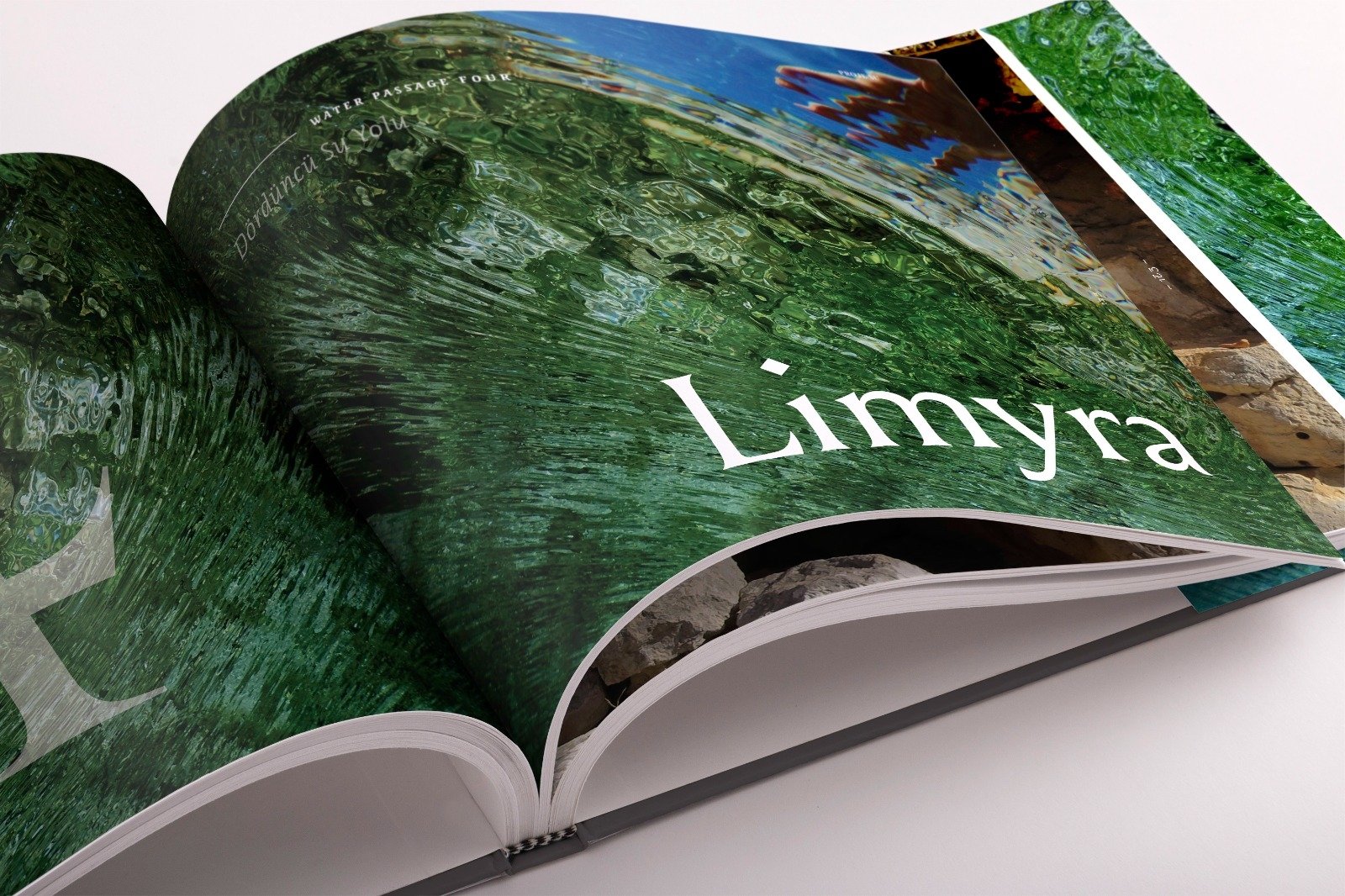
Tolbert is passionate about sharing her experiences and the inspirations that fueled this project. She notes that her previous book, Aquiferious, brought together contributions from various experts to illustrate the interconnectedness of water, specifically focusing on freshwater springs and aquifers in Florida. In contrast, “Proje Su” focuses on Türkiye’s water culture, a country she has visited frequently and where she has seen numerous manifestations of a deep cultural connection to water. Tolbert believes that these two projects are part of something larger, creating a connection not only between regions but between people who share a profound relationship with water. Through her work, she hopes to inspire others to recognize and celebrate water’s gifts while encouraging global action for its protection.
She describes her artistic journey as a continual process, where each work of art is a synthesis that is greater than the sum of its parts. “Proje Su brings together art, science, history and culture to form a deeper understanding of water. Tolbert hopes the project will spark outreach initiatives, encouraging people to explore water routes in their own environments and to create their own version of Proje Su. She also envisions the project inspiring a shift in policy toward better stewardship and conservation of water resources.
She envisions people prioritizing firsthand experiences with water – whether through hiking, swimming, snorkeling, or engaging with local stories and proverbs connected to water. The exhibitions, projects and expeditions, which will start in Türkiye and later move to the U.S., will include various activities to connect people with water in meaningful ways. She hopes these experiences will encourage others to engage creatively with water through activities such as sketching, writing and even collaborating with scientists and cave divers to explore water’s unseen world.
Tolbert sees the essence of “Proje Su” as an exploration of water within natural systems, with freshwater as the central theme. She invites people to perceive places and history from the water’s perspective. This perspective, she believes, will reshape our understanding of the world. By following the paths of water, we allow the stories of traditions, rituals and myths to emerge, enriched by new discoveries made in the present day. Though it may not always be possible to trace water through its underground passages, the journey will follow its path as closely as possible, from its source to the sea. In doing so, the water guides the exploration, much as ancient civilizations once did. This journey allows people to view the world through the lens of water, both physically and metaphorically.
For Tolbert, water’s significance runs deep. Long before she understood its life-sustaining qualities, she was captivated by its visual qualities – the transparency, reflection and refraction that allowed her to see the world differently. These elements found their way into her still-life paintings, but it wasn’t until she stepped into the springs that her artistic vision expanded beyond the visual to include the physicality and movement of water. Growing up near mountain rivers and springs, she felt a profound connection to water, which only deepened when she moved to Florida. There, water took on new forms and Tolbert realized it was much more than just a symbol in her art – it became a powerful, transformative presence.
Tolbert’s exploration of the water cultures of Türkiye and the U.S. revealed many similarities and differences. What struck her most was how people in Türkiye remained connected to a more natural form of water. Unlike in the U.S., where water is often viewed as a commodity, people in Türkiye revere water as something sacred. They don’t just use it for drinking or cleaning but cherish it for its life-giving qualities. Water is celebrated through fountains and springs, and the natural beauty of flowing water brings joy to the people. Though the U.S. has some places where people retain a connection to water’s origins, Tolbert found this connection to be more pronounced in Türkiye. She learned from Türkiye that water brings joy and hopes this attitude will spread globally, encouraging a deeper reverence for water everywhere.
The ancient water structures and landscapes in Türkiye shaped Tolbert’s artistic vision in “Proje Su.” These structures provided abundant inspiration, leading her to create works that blend the natural and the artificial. The paintings reflect the journey of water and the long-awaited destination, capturing both the flow of water and the structures that harness or surround it. Tolbert aims to depict how water interacts with the landscapes it touches, creating a union between water and the artifice humans have built around it.
Tolbert believes that art plays a significant role in raising awareness about environmental issues like water conservation. She sees art as a space where ideas that might not have a platform elsewhere can be explored. It is a way to engage people emotionally and intellectually, transforming them through contemplation and new perspectives. By fostering unity and openness, art can provoke people to think differently about how they interact with the environment and, in this case, how they care for water. Through “Proje Su,” Tolbert hopes to inspire a collective responsibility for water conservation and stewardship.

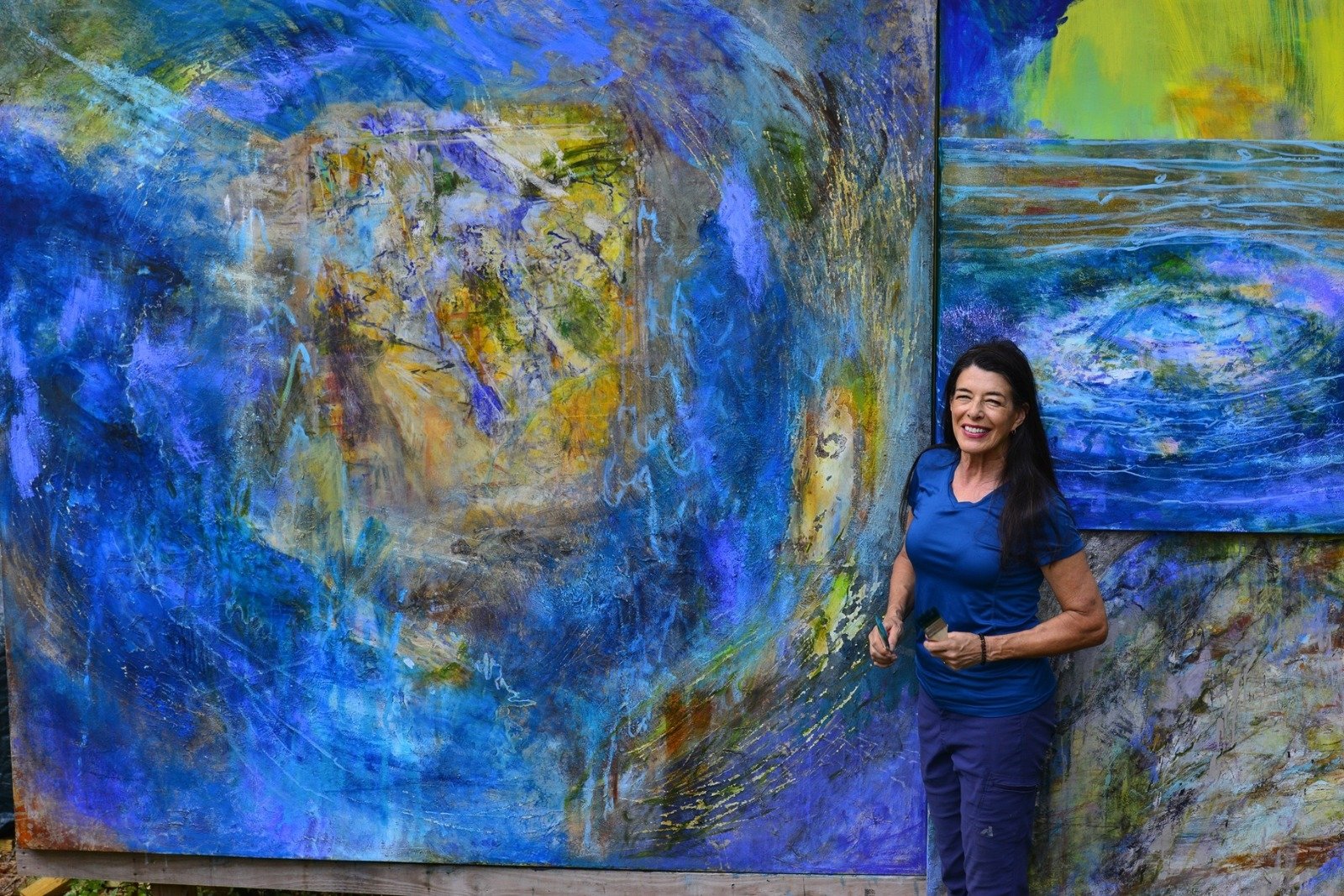
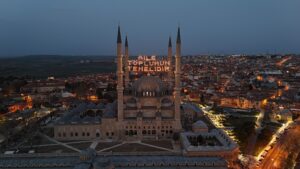
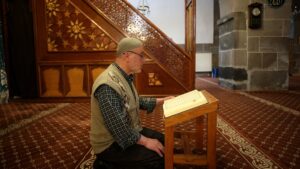

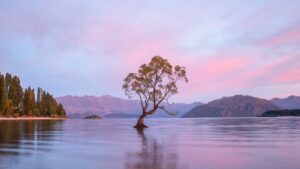


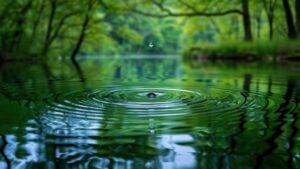
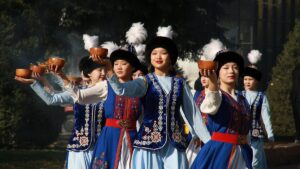
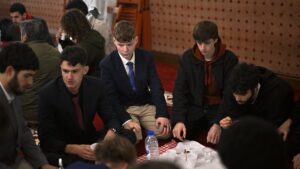

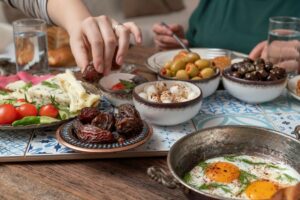
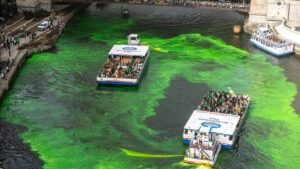
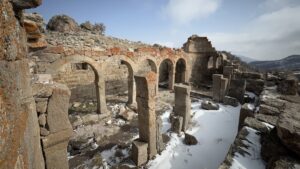
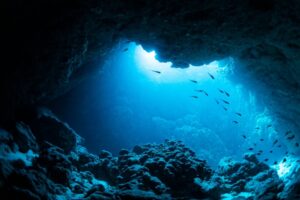





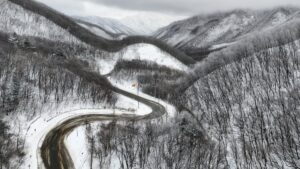


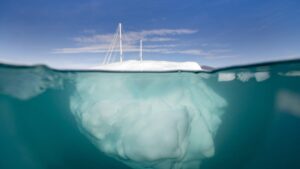
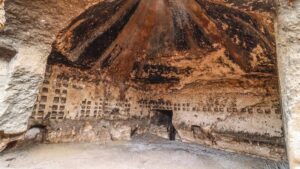


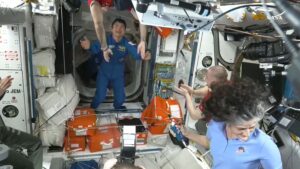

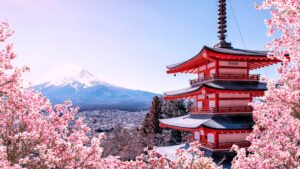
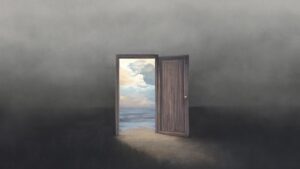
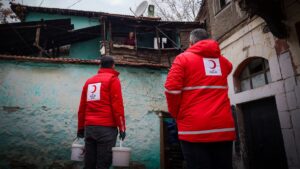
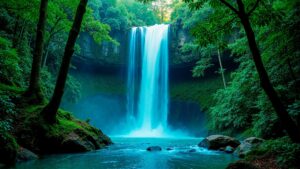



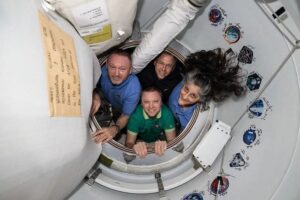
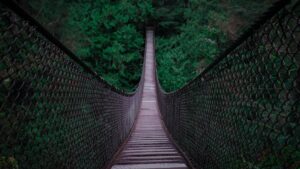

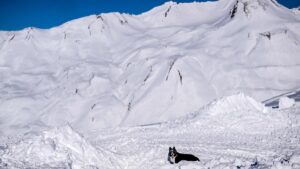
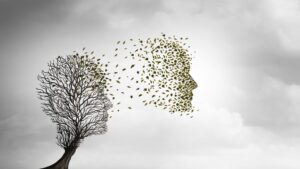
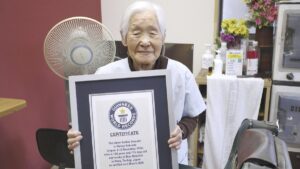
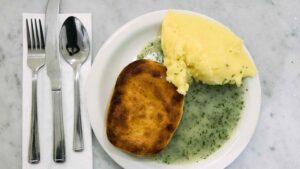





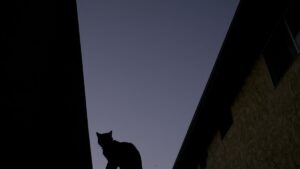


Be First to Comment